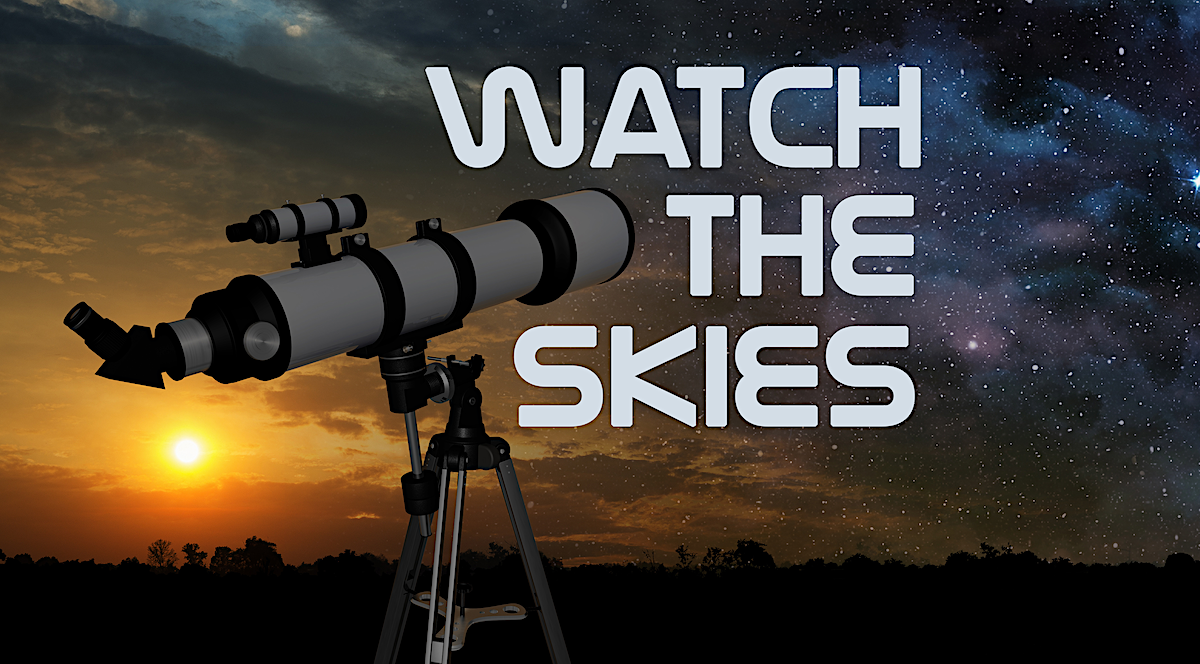
This week we’ll continue to explore the gas giants of the outer solar system by taking a peek at the planet that has been the butt of many a joke: Uranus.
Uranus is the 7th planet from the sun. It is the 3rd largest by diameter coming in behind Jupiter and Saturn. It was discovered in 1781 by William Herschel. Interestingly, he did not initially realize it was a planet but rather thought it was a comet or even just a star. It was the first planet discovered with the use of a telescope since it is essentially invisible to the naked eye. However, with even just a small telescope or strong binoculars, it is easy to find as a pale blue dot in the night sky. It even appears as a small disc through a 2-3″ telescope.
If you live to be a healthy 84 years old you will live long enough to see Uranus take one trip around the sun. It rotates around its center every 18 hours and interestingly rotates on its side.
Rotation: One of the most interesting facts about Uranus is that it rotates on its side. What does that mean, exactly? Relative to its orbit, Uranus is tilted over 90 degrees. This causes several interesting things to happen on the planet throughout its year. The most important is that rather than having a normal day/night cycle, the poles each receive sunlight for half of the orbit around the sun (42 years) and the other half is spent in total darkness. The equatorial regions see a normal day/night cycle only during a small part of the orbit around the sun when the equator is directly facing the sun. Despite receiving barely any sunlight for half the orbit the equator is still hotter than the poles, and we don’t know quite why.

Uranus’ Atmosphere: Uranus’ atmosphere is much like the rest of the gas giants being comprised of mostly hydrogen and helium. Unlike Jupiter and Saturn, it has a high abundance of methane in its upper atmosphere. These molecules are what give Uranus its blue color when viewed through a telescope. Unfortunately, very little is known about the inner workings of Uranus because no spacecraft has been there since Voyager 2 in 1986. What we do know is that the atmosphere is fairly bland when viewed by a telescope in comparison to the rest of the outer planets. Winds are extremely strong, though, with maximum wind speeds of over 500MPH occurring near the north pole. One reason for the bland look is thought to be because Uranus is the coldest planet in the solar system with a minimum temperature in its outer atmosphere of just above absolute zero.
The Rings: That’s right, just like its nearby friends Jupiter and Saturn, Uranus also has rings. They are very dark, but more easily seen than Jupiter’s. The rings were not confirmed to exist until 1977 when they photographed a star disappearing 5 times before Uranus moved in front of it. This meant that Uranus had at least 5 distinct rings, but later large telescopes (including the Hubble) have been able to detect 13 distinct rings. They are all extremely small and much younger than the planet itself. The rings are believed to be the remnants of a moon that was destroyed by impact with an asteroid or comet.

The Moons: Like the other gas giants Uranus also has a number of moons. It currently has 27 known moons. Most of these were discovered from Earth-based observations using large telescopes. The largest of these moons is Titania, though it is less than half the size of our moon.

Uranus remains a relatively unexplored planet. The only satellite to visit it was Voyager 2 back in 1986. No missions are currently planned to study it any further so we will have to rely on Earth and Hubble-based observations to learn anything else about this pale blue planet in the outer reaches of our solar system.
Get out this week and enjoy the cool nights for some stargazing!







